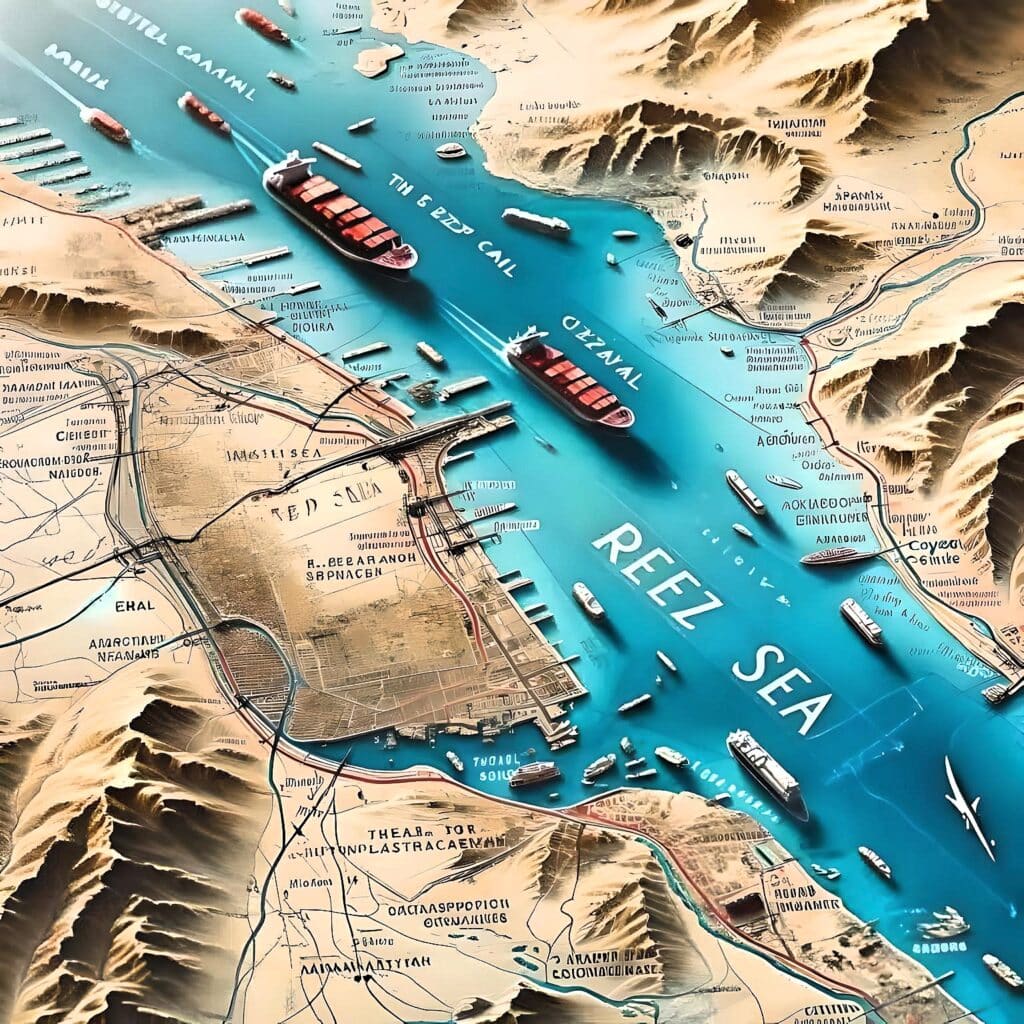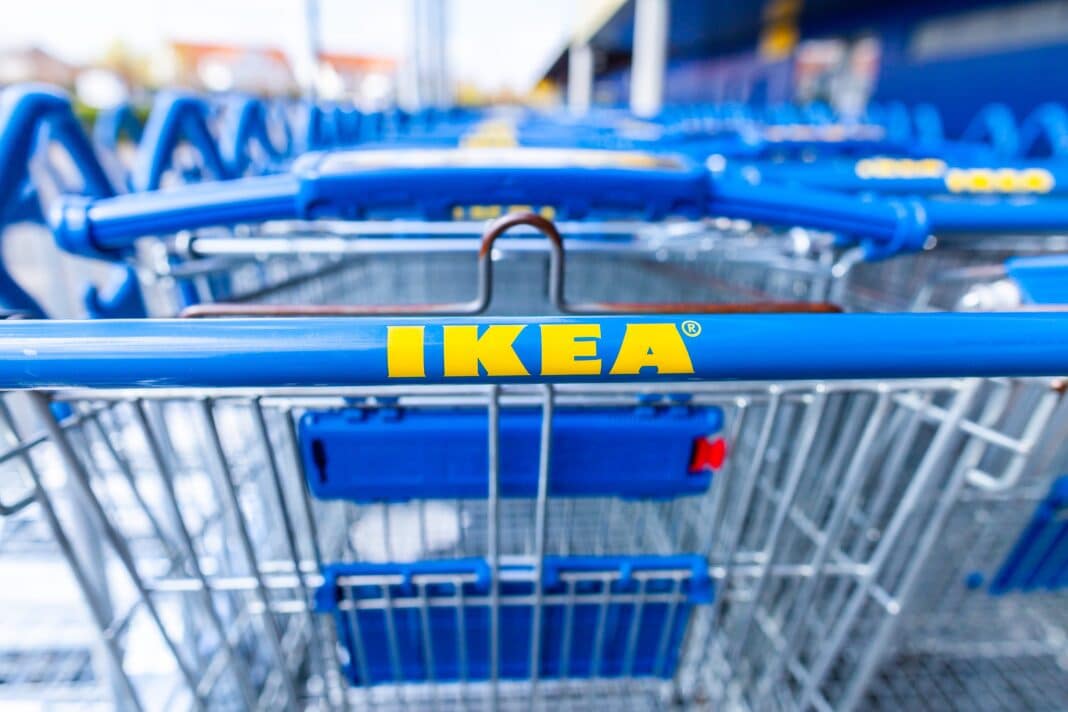The world’s largest furniture retailer is cutting prices on thousands of products across more than 350 “blue box stores” worldwide as the cost of living crisis, sky-high inflation, and interest rates decimate retail spending.
Yesterday, IKEA’s parent company, Ingka Group, announced a new round of price cuts—the second so far this year—comes at a time when accumulated inflation on furniture products has spiked at 30%.
According to Tolga Öncü, IKEA’s head of retail, “this fiscal year is about lowering prices long-term and becoming even more affordable for our customers. It is not about optimising profits.”
In an interview with Fortune Magazine, Mr Öncü stressed that the price cuts are “not a promotion, but a promise”, adding that “our founder (the late Swedish billionaire Feodor Ingvar Kamprad) was obsessed (with) supporting people with all kinds of wallets.”
Wood Central understands that the price cuts—starting in Canada, France, and South Korea—will eventually reach all Ingka Group-owned stores and potentially include Australia, the UK, the US, India, China, and the EU.

IKEA is the undisputed power player in the global furniture market, with more than 11% of furniture sold coming from retail outlets. Last year, Ingka Group set aside US $1.1 billion to absorb material price rises. However, this predated the Gaza Conflict, which has caused companies to ramp up prices on imports after global shipping had to redirect cargo around the Cape of Good Hope.
“That allows Ikea to operate “against the flow” and consider further rounds of price reductions,” Mr Öncü said, adding that, “historically, we’ve always been lowering prices. I look forward to next year and the years to come to continue finding ways to lower our cost of operation … and not necessarily focus on our profit to be higher every year.”
IKEA is the world’s third-largest timber consumer by volume. In 2023, it used 14 million cubic metres of timber in its retail products—about 1% of global lumber production. More than 70% of wood comes from the European Union – with more than 50% coming from Poland (32%), Lithuania (10%) and Sweden (10%) alone.
The latest price cut comes as IKEA invests heavily in online distribution networks to grow its footprint in North America and Asia and diversify from an overreliance on European markets, with Mr Öncü confident that Ikea can gain volume, even if it loses price margins.
So far this year, IKEA has seen a sharp increase in in-store visitations, which Mr Öncü said was “about our expectations.” Ikea hopes riding against the tide will ultimately make it the market leader in furniture and home decor—not just in Europe but the world.







